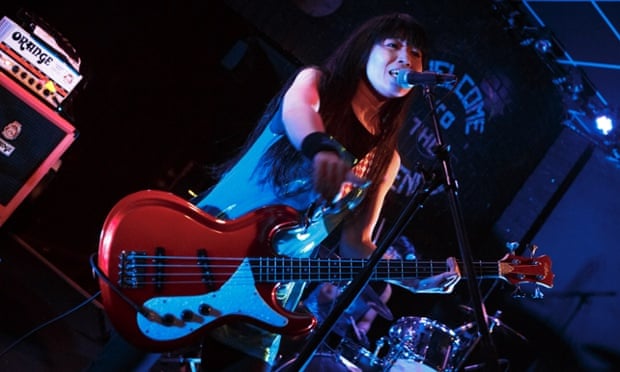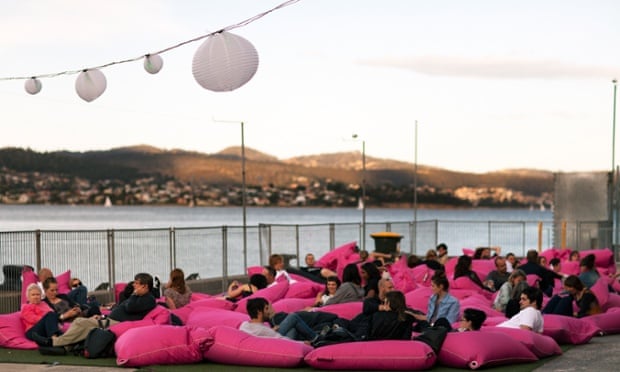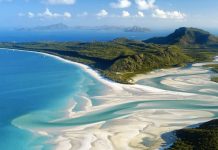This post may contain affiliate links. We may earn money or products from the highlighted keywords or companies or banners mentioned in this post.
“The thing is,” Mary McNeill says as we cafe-hop around Hobart on a flawless midsummer day during one of her Gourmania food tours, “I couldn’t wait to leave when I was a teenager.” It wasn’t what I’d expected to hear from this chef who has returned to her home town after stints in Sydney and New York. Back in the 1990s, Hobart was overlooked, she says. “Now there’s so much energy and creativity, I cant imagine who wouldn’t want to be here.”
On 15 January, the Mofo music and arts festival takes place at 16 venues in the Tasmanian capital for a defiantly eclectic and uncommercial four-day programme curated by Brian Ritchie, bass player of the Violent Femmes. In just six years it has become a highlight of the Australian arts calendar.

Photograph: Andrew Benge/Redferns via Getty Images
Not many line-ups would dare to feature New York rockers Swans and the J-pop riot grrrl trio Shonen Knife alongside American punk cabaret artiste Amanda Palmer, or a Chinese artist smashing 250 hammers. But few festivals have an organiser like Hobart’s Museum of Old and New Art (Mona), the brilliant, iconoclastic gallery that was a game-changer for the city when professional gambler David Walsh opened it four years ago.
Australia’s second-oldest city remains small in scale and relaxed in atmosphere: its focus is still the harbour and the bush lies at the end of every street. Yet the worldwide plaudits for Mona plus a slew of awards in the past two years (according to Gourmet Traveller magazine, it is Australia’s best weekend destination and home to its best city boutique hotel, Islington) have led “mainlanders” to re-evaluate Hobart. Instead of a backwater, young entrepreneurs now see an opportunity, and are arriving in droves. Hobart hasn’t grown up so much as grown younger, artier and more confident.
New accommodation includes Lenna Penthouses (with superb views across the harbour), the listed Arthouse Salamanca and boutique hostel Montacute, all of which marry relaxed style to Hobart’s colonial heritage.

More eclectic still is the emerging restaurant scene. Australian foodies now visit as much for Hobart’s paddock-to-plate gastronomy as for Mona, and this is one reason why McNeill began her Gourmania food tours in 2012. A good example is Franklin, a small restaurant that opened in November. Its rehabilitated industrial space makes you think tick-box gastronomy but, like nearby Garagistes and Ethos, it has a plucky young chef creating astonishingly good dishes – such as wood-roasted abalone in kelp – with exceptional local produce. When the Australia tourist board showcased its cuisine to the world at last November’s Restaurant Australia event, they brought foodies including Heston Blumenthal to Hobart, not to Sydney or Melbourne.
“You don’t get the same opportunities in big cities,” Franklin’s head chef, David Moyles, says of his sleek, spacious dining room. “The overheads are so high that every seat has a dollar value.”
That’s Hobart in a nutshell. Freed from extortionate rents, innovation has flourished here – and ensures Tassie is no longer overlooked.
• The trip was provide by Tasmanian Odyssey. Flights were provided by Singapore Airlines, which flies to mainland Australia gateways to connect to flights to Hobart; book through Exsus
Powered by WPeMatico











